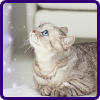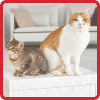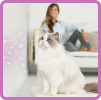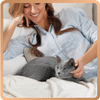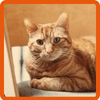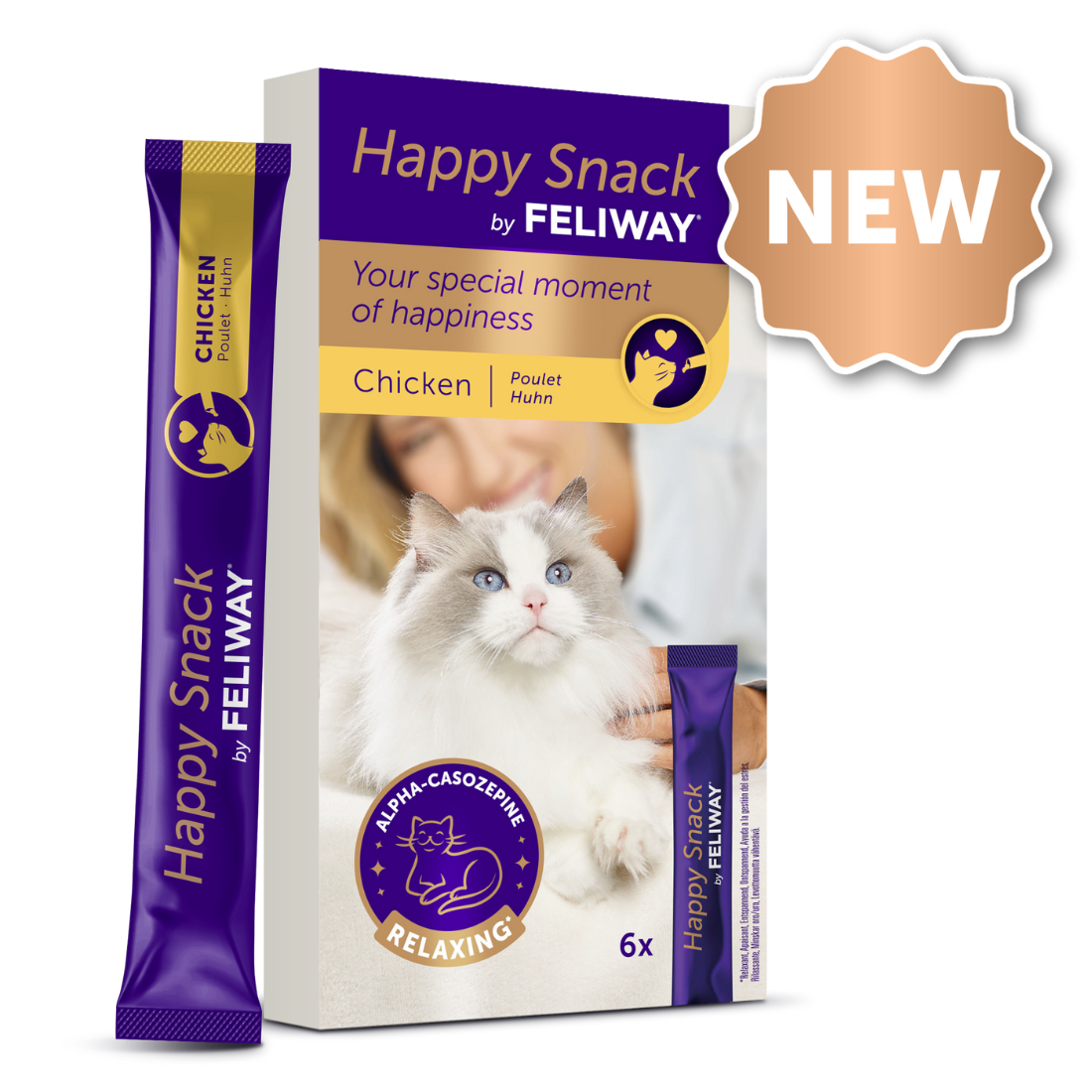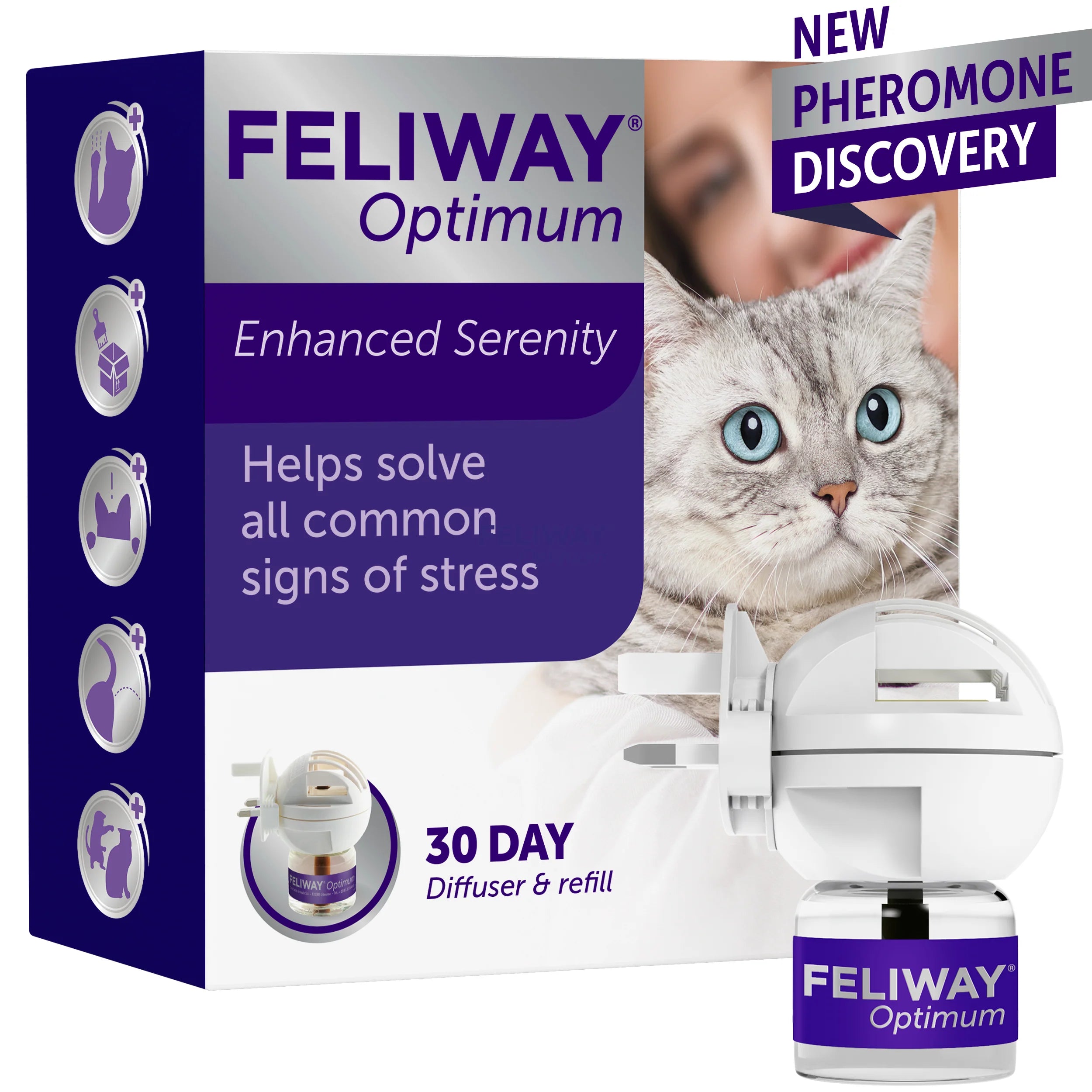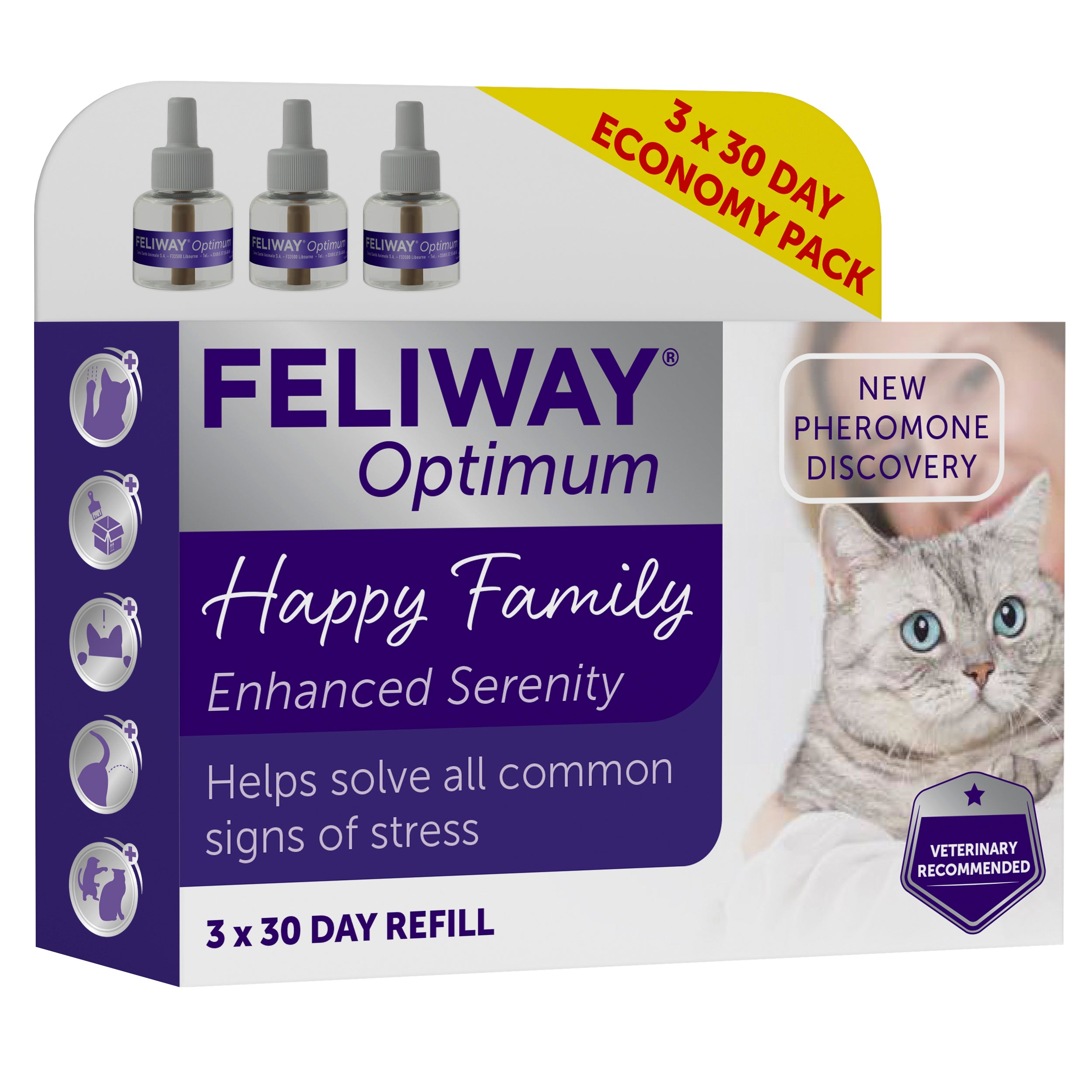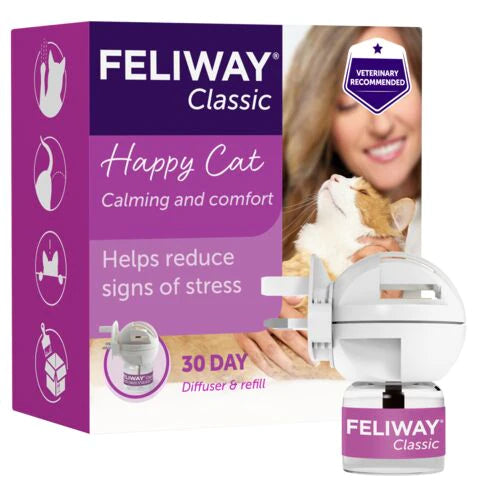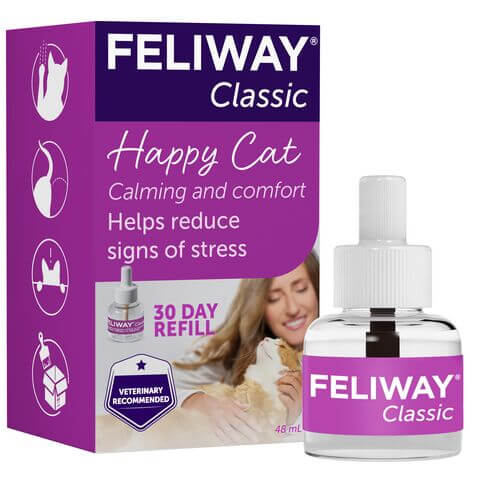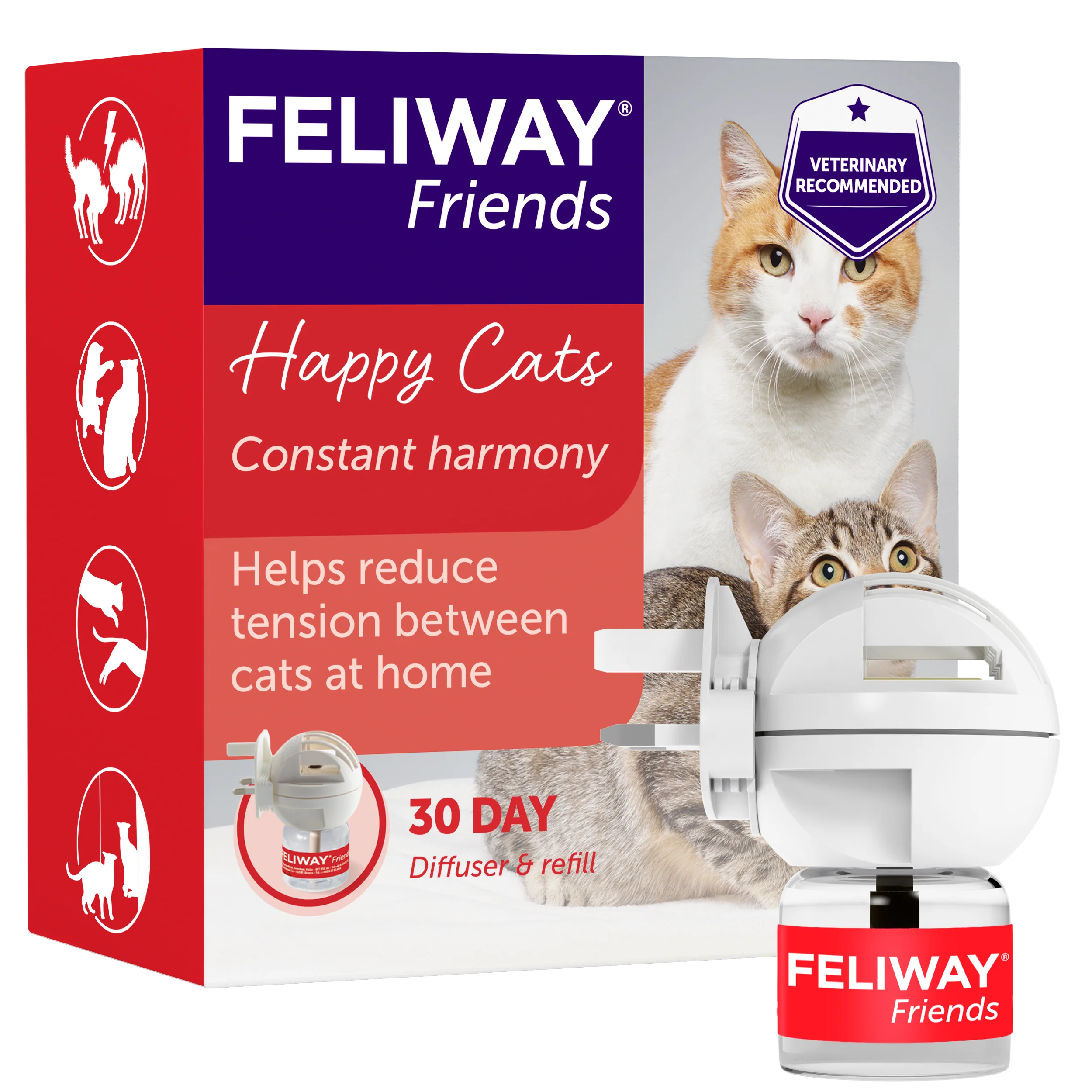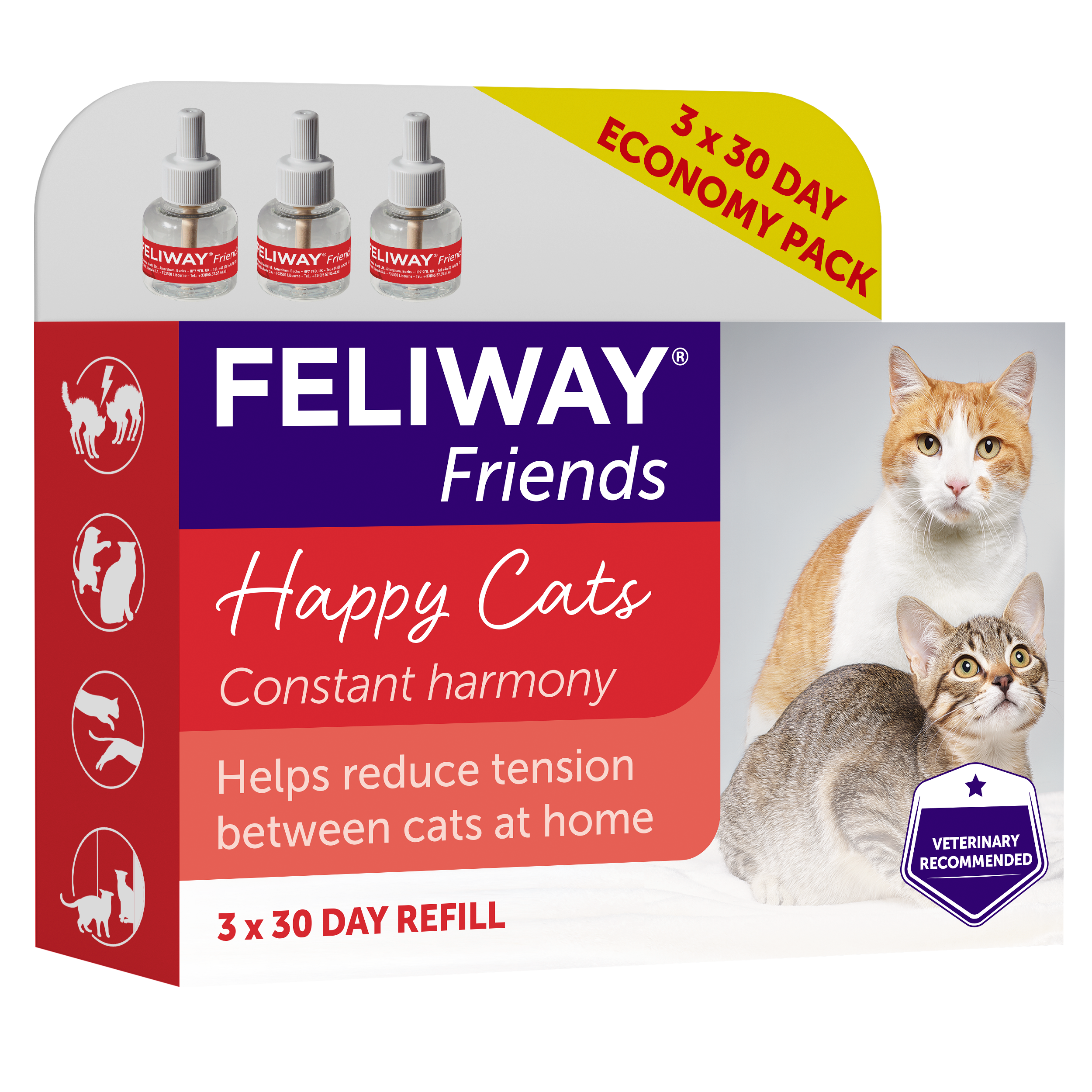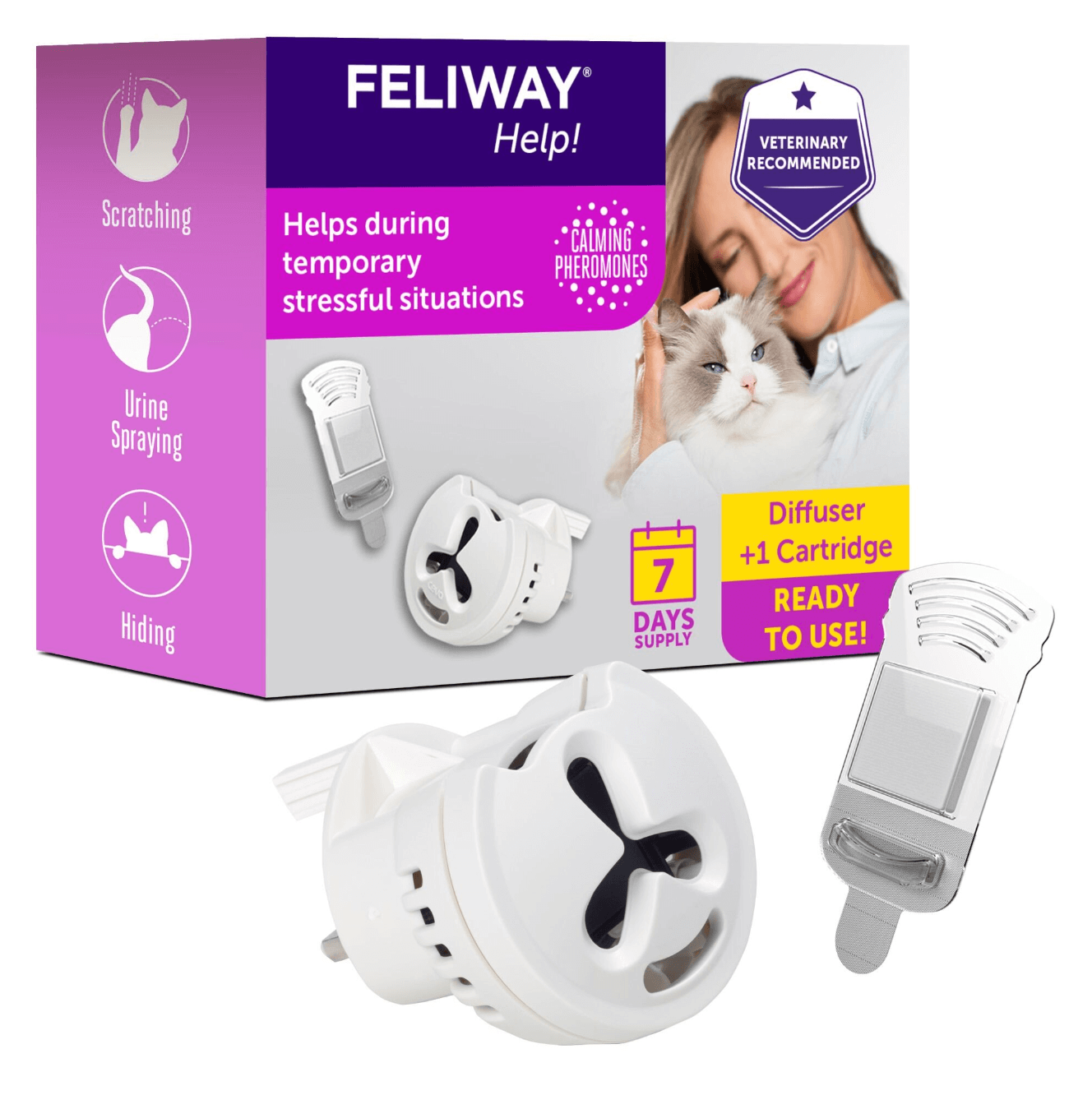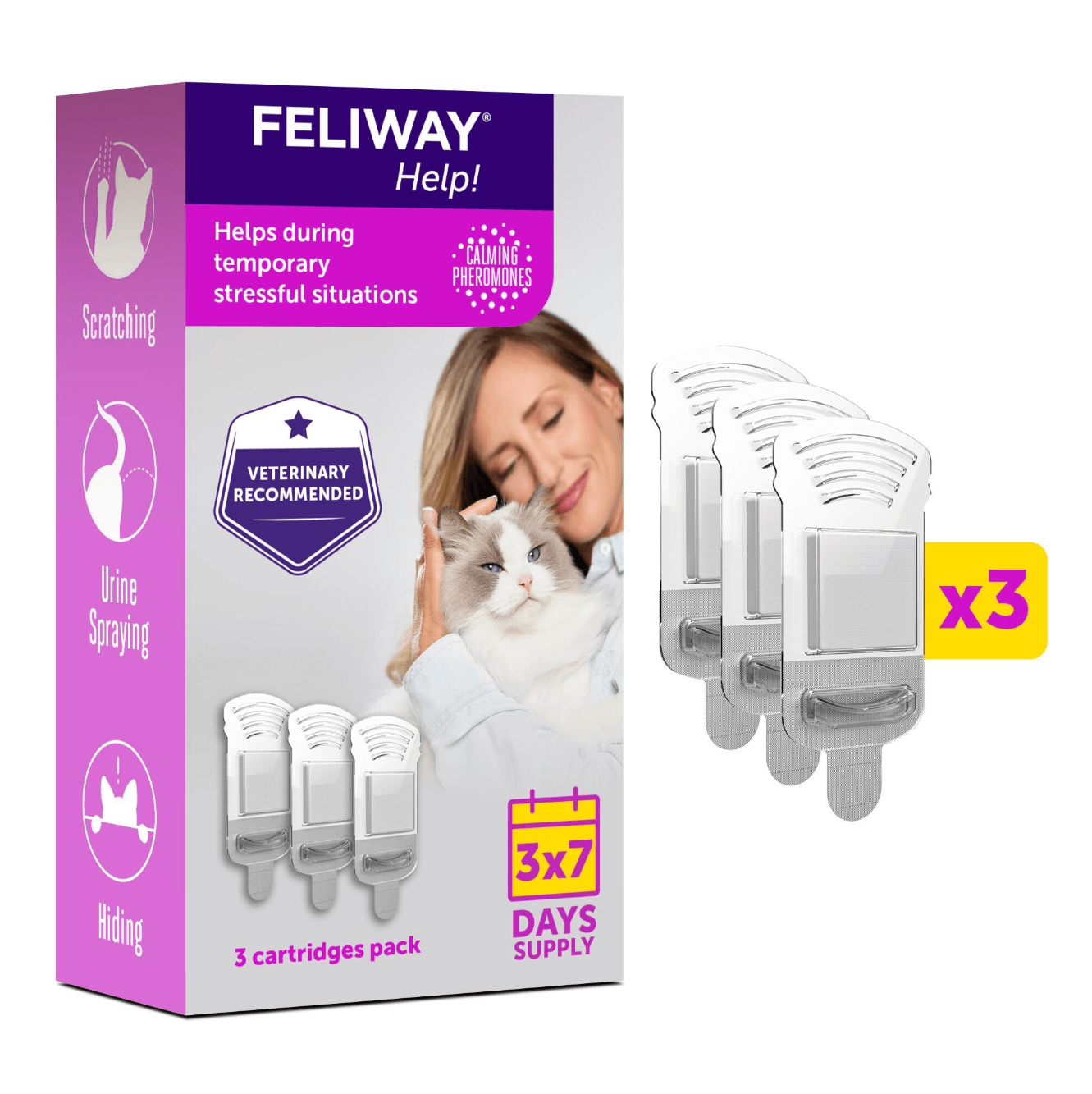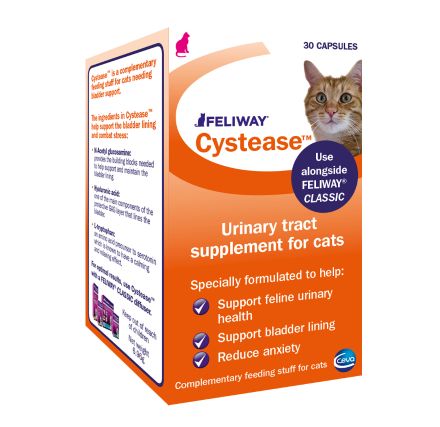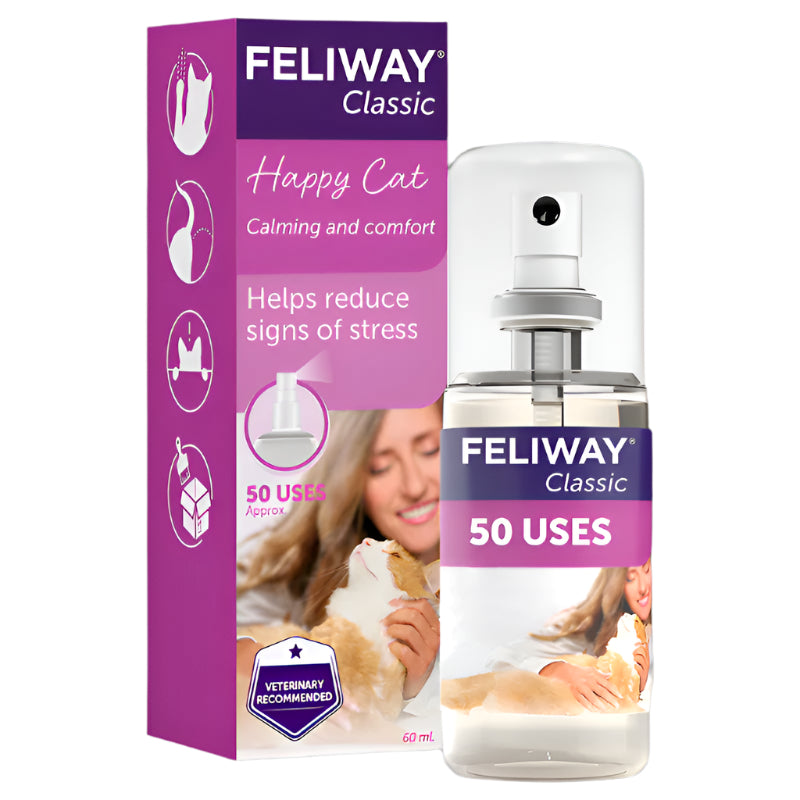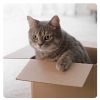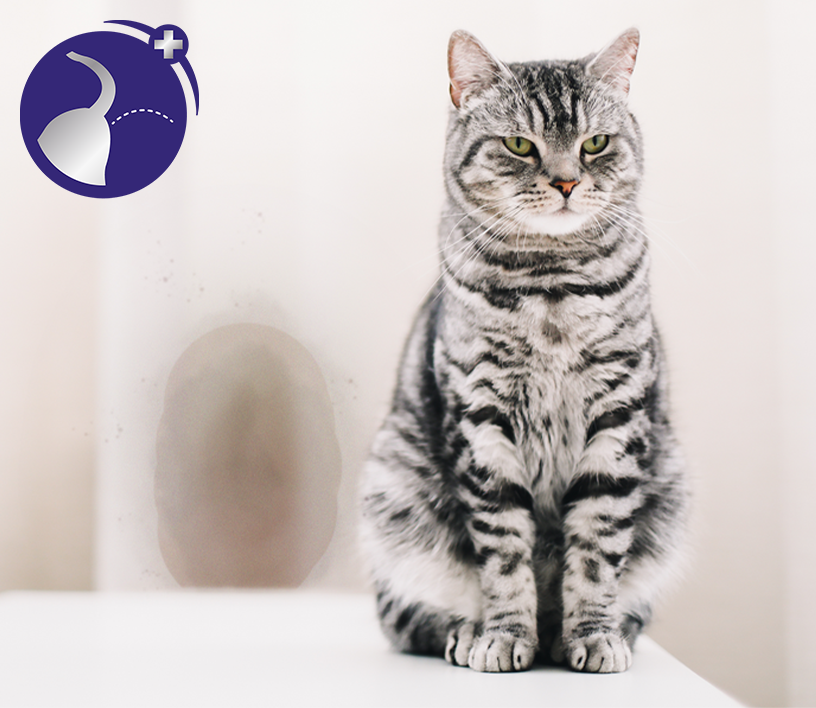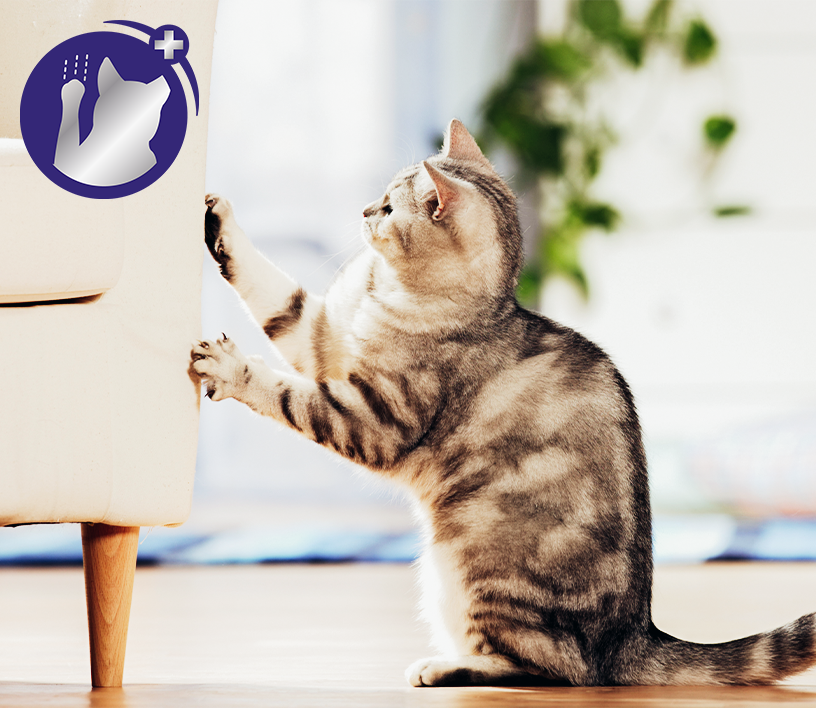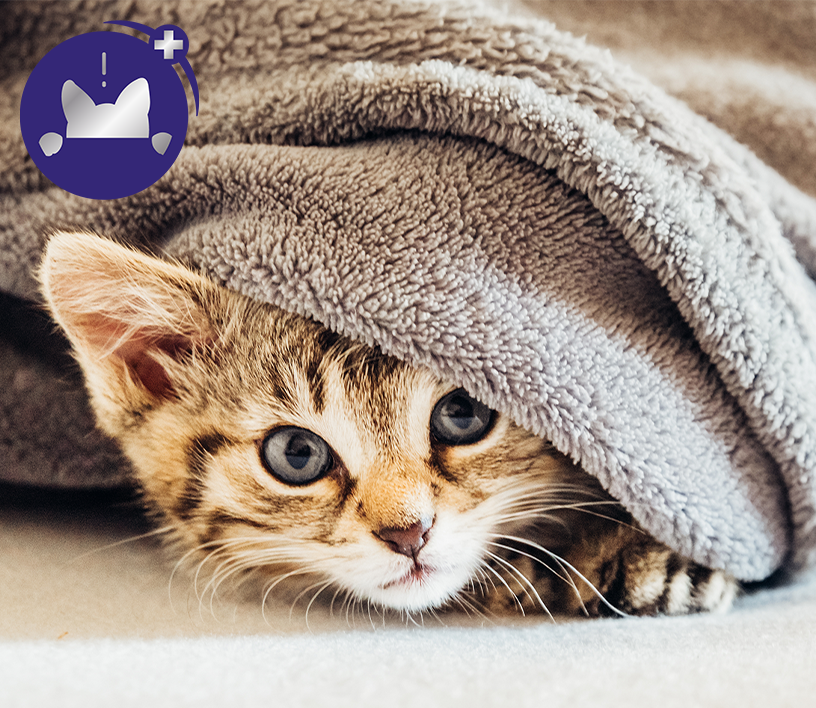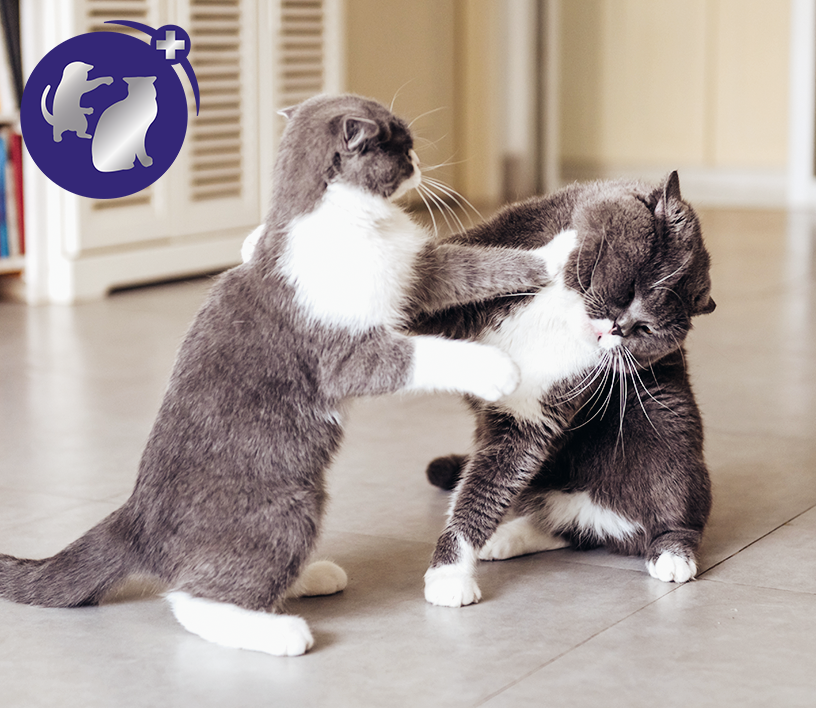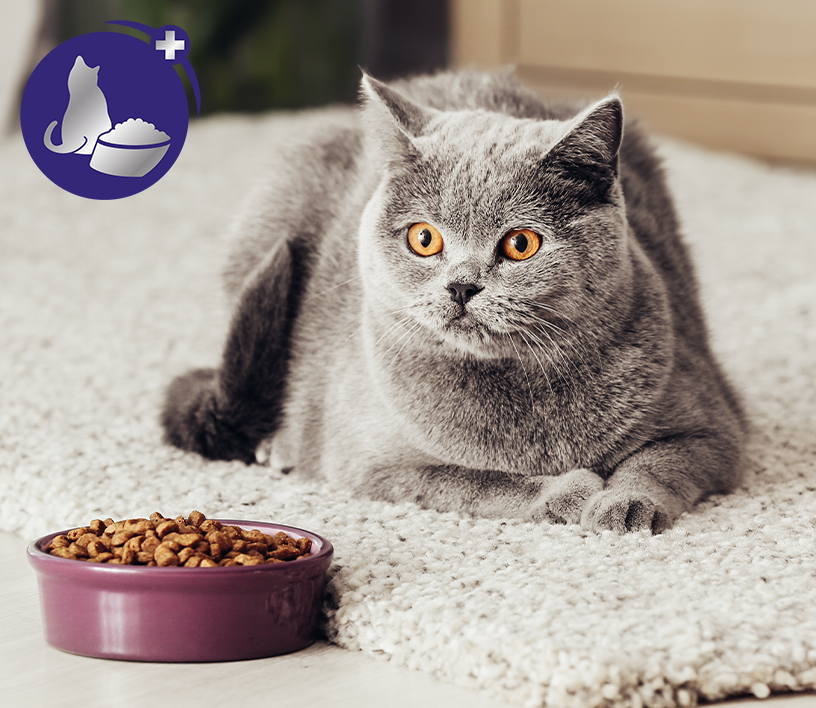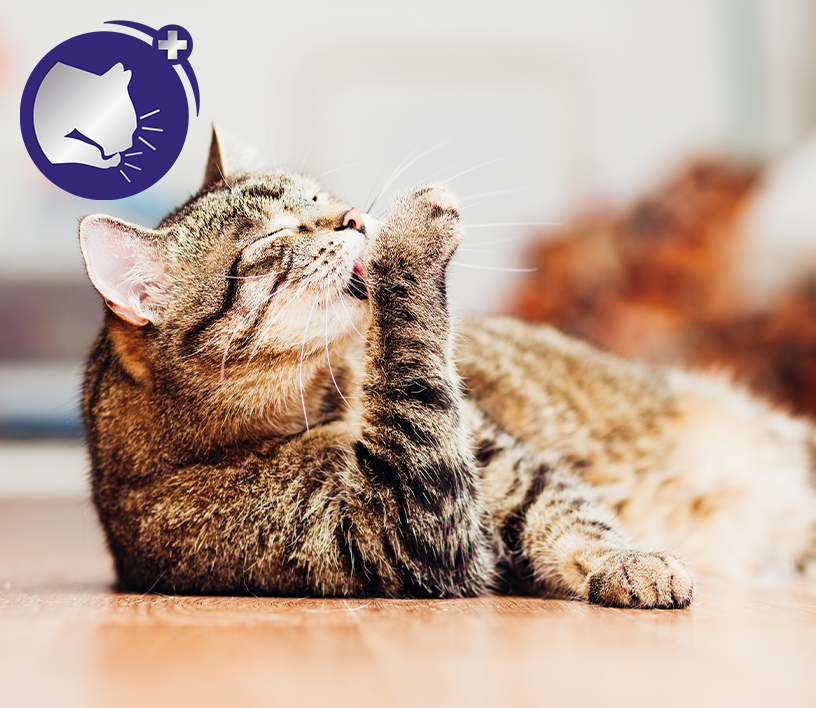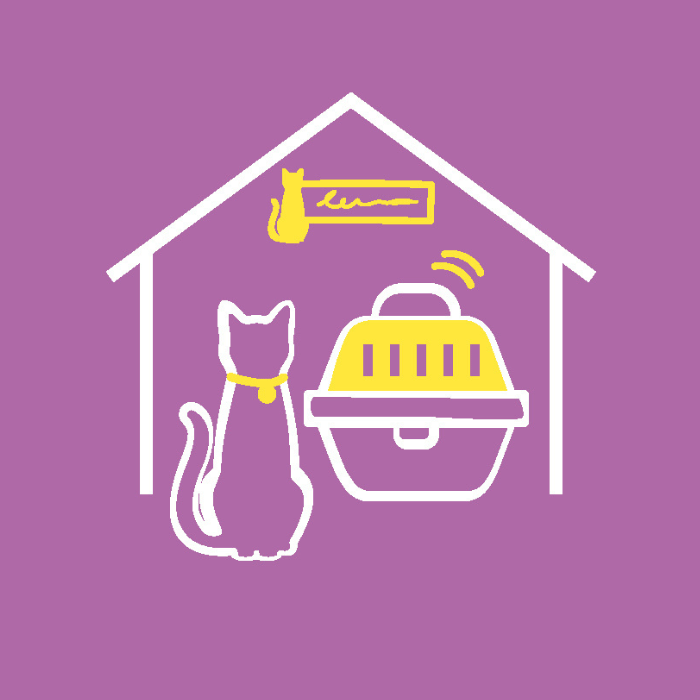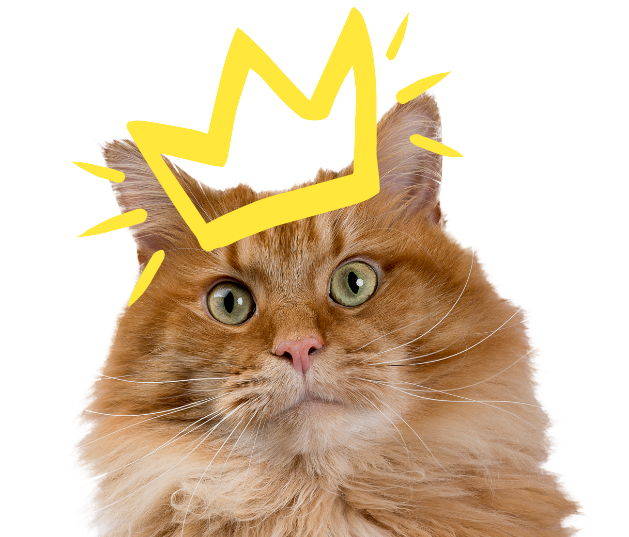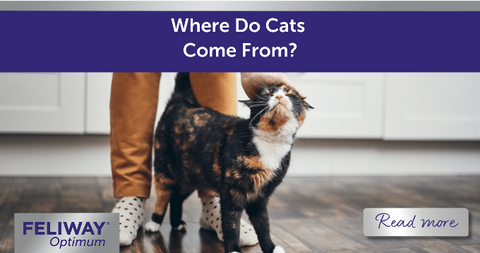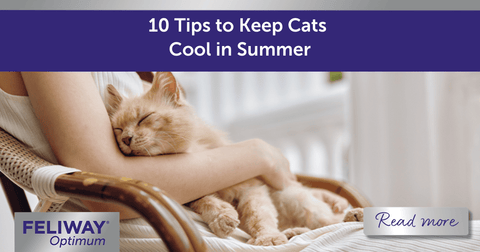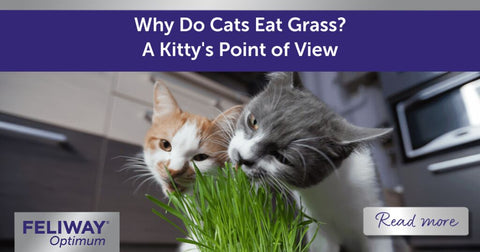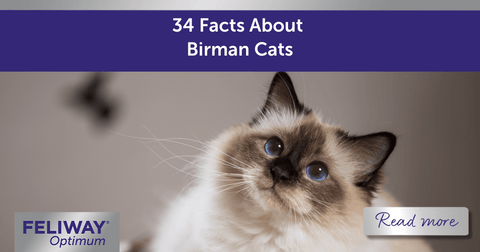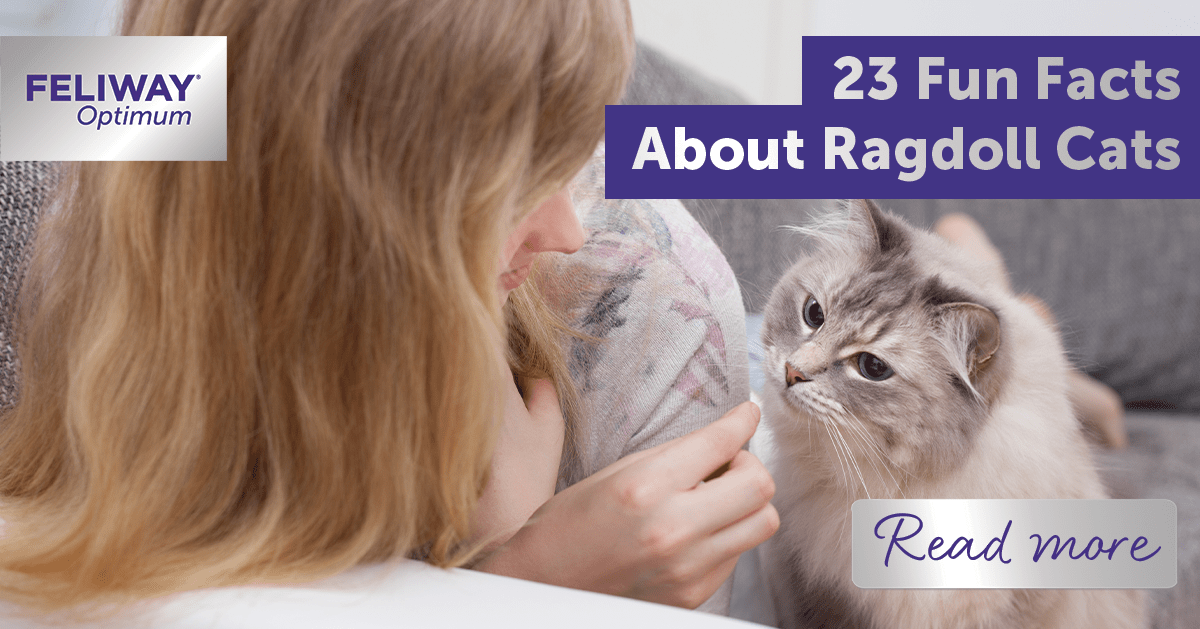
23 Fun Facts About Ragdoll Cats
Ragdolls are very distinctive, large, beautiful domestic cats that have a luxurious long and silky coat. As a breed, they are relatively new, having originated in the early 1960s by Anne Baker a Persian breeder, of Riverside, California. She bred a semi-feral white cat with a long coat with cats she found or owned. The offspring of “Josephine” had unique, endearing temperament traits that Ann Baker selectively bred in, creating the Ragdoll breed.
23 Fun Facts About Ragdoll Cats
- The breed name ‘Ragdoll’ was given because of the cat’s tendency to go limp when lifted, just like a rag doll. But as relaxed as these cats may be when being handled, it’s still important to handle them gently as you would with other breeds.
- They are one of the largest breeds of domestic cats. Other breeds of large cats include:
- The Maine Coon
-Norwegian Forest Cat
-Ragamuffin
Their appearance:
-
When Ragdoll kittens are born, they are pure white and develop their coat colour and pattern over the first 2 weeks of their life.
-
Their fur colour is only activated in parts of the body that have the coolest temperature.
-
Coat colours include seal, blue, chocolate, lilac, cream and red.
-
Their coat patterns are: Colourpoint, Bicolour, Mitted, Lynx point, and the Tortie point.
- Colourpoint coats are darker around the eyes, ears, tail, limbs, andoccasionally, their stomach. Other coat patterns are very similar to the Colourpoint, with slight differences.
- The Bicolor will have an inverted-V colouring pattern on the face Mitted Ragdolls have extra light spots near the paws, giving the appearance of mittens.
- Lynx Point Ragdolls have tabby markings on their face.
- And the Tortie Points incorporate red or cream mixed into other colours.
-
The Ragdoll has a light coloured body with darker head, ears, limbs, and tail.
-
Distinguishing marks include:
- An upside-down V-shaped marking on their foreheads.
- Large oval blue eyes.
- Their long coat is soft, plush and silky, some with semi-long to long fur.
- They have thick strong limbs and long tails.
-
Ragdolls have tufts of hair between their toes – like other long hair cats, this is to protect them from direct contact with wet and icy ground.
Their personality and temperament:
-
Ragdolls are well-known as a friendly and laid-back breed. It has been said that they are also attuned to human emotional needs, which makes them a perfect companion animal.
-
They love to play and sometimes enjoy a game of ‘fetch’!
-
They are often known as ‘puppy-like’ as they follow people around and they are very loyal.
-
Just like dogs, a Ragdoll will often greet you when you come home!
-
Unlike other cat breeds, Ragdolls like playing with water, which makes it easier for you to give your cat a bath when their coat gets a little unkempt.
-
Unlike many other breeds, Ragdolls can be just as happy on lower levels as they are up high! You may find them watching from the sofa or the windowsill instead of high shelves or perches.
Life expectancy of a Ragdoll
-
The Ragdoll is a slow-maturing cat and is usually not considered a fully grown adult until it is around 4 years old.
-
Their life expectancy is up to 15 years.
How to care for your Ragdoll
-
Ragdolls are a low-shedding breed, but you may notice heavier seasonal shedding in the spring.
-
Although they are diligent groomers, and have good hygiene, you should still brush them at least twice a week.
-
The lack of an undercoat is to thank for this breed's lack of shedding.
-
Ragdolls are often happy to live as indoor-only pets, but as this breed is not very road-savvy, you should try to cat-proof your garden if your indoor cat is showing signs of wanting to go outside; there are steps you can take to make it safer for them, like providing an outdoor enclosure, or using a harness and lead.
-
Health considerations: Ragdolls can carry a gene linked to heart disease - Hypertrophic cardiomyopathy (HCM) and there’s also a risk of polycystic kidney disease (PKD). If you notice any of the following health conditions or signs, you should take your cat to the vet immediately:
- Loss of appetite (anorexia)
- Lethargy
- Difficulty breathing
Popular with celebrities!
23. Famous Celebrities who have the pleasure of Ragdoll cat company include:
- ‘Benjamin Button’ whose famous human is Taylor Swift.
- Seth Green, the actor, has not one, but two Ragdoll Cats! One is a blue bicolour, Artemis, who appears frequently on Instagram and then there’s Molly Weasley, who is a flame point.
- Jason Manford also has two beautiful Ragdolls – Elvis and Sergio!
- Anne Rice, author of ‘Interview with a Vampire’, is passionate about Ragdoll cats and has a complete Ragdoll family consisting of Merribelle, Prince Oberon, Sugarplum and Tum-tum.
All cats are individuals when it comes to personality, and while these traits apply to most Ragdolls, they aren’t universal and your Ragdoll may have just some of them. However, if your Ragdoll furry friend is showing signs of anxiety or stress, FELIWAY Optimum helps to solve all common signs of stress and provide enhanced serenity.
If you’d like to know more information and tips about dogs, check out the rest of our blogs online! You can also stay up to date with all the latest news and product info by signing up to our newsletter.
